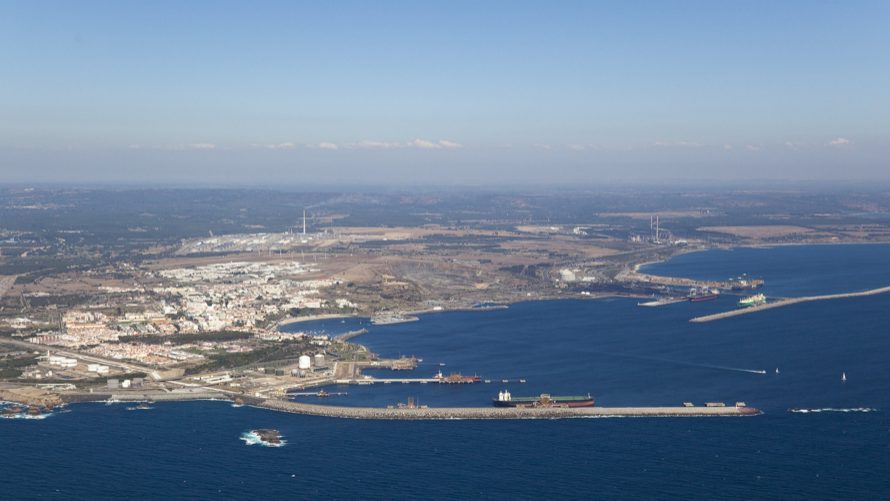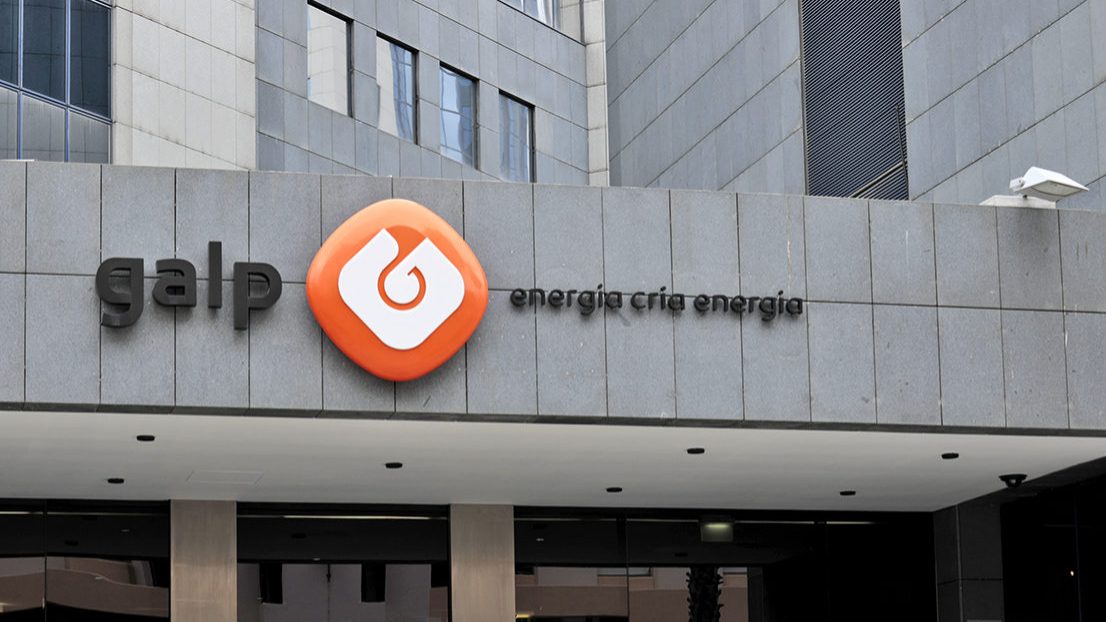Galp’s profit drops 47% to 389 million. Dividend will grow 10% per year by 2021
The company points to a "challenging" refining context to explain the drop in net results.
Galp Energia’s profit fell to almost half in 2019. The oil company points to a “challenging” refining context to explain the drop in net income. Despite the drop, they expect the dividend to rise by 10% per year between 2019 and 2021.
Net profit stood at 389 million euros last year, a drop of 47% compared to 741 million euros in the previous year (considering the comparable accounting method as it was changed over the course of 2019 to IFRS). Compared to the previous method (which does not take into account the fluctuation in the price of oil), the drop would have been only 21%.
“The upstream and downstream results supported the robust financial performance, and despite the challenging refining environment,” explains the company led by Carlos Gomes da Silva, in the results, reported this Tuesday to the Securities Market Commission (CMVM).
Earnings before interest, taxes, depreciation and amortization (EBITDA) reached around 2,381 million euros, 7% higher than the previous year and above the company’s guidance.
Investment reached 856 million, “with E&P [exploration and production] accounting for 70% and the remainder focused on refinery maintenance and energy efficiency improvement activities, as well as the renewal of the distribution network.”
Galp Energia’s net debt at December 31st, 2019, stood at 1,435 million euros, down from 302 million euros the previous year. The ratio of net debt to EBITDA was 0.7 times.
Galp Energia had already announced a strong increase in oil exploration, supported by the growth in production in Angola (which soared 72%). However, the fall in oil prices penalised the company’s margins. Now it adds that in 2019 it “recognized the impacts from Lula’s stake dilution in its Brazilian subsidiary.
The energy transition is the focus of investment
The oil company led by Carlos Gomes da Silva will update its strategy at Capital Markets Day later this morning. But the company already provides some information in the report, including guidance for shareholder remuneration. It ensures it is committed to capital allocation guidelines, as well as to investing in sustainable growth, “with a focus on project returns, financial discipline and shareholder remuneration.”
“Considering the company’s current cycle, Galp forecasts annual growth of 10% in the dividend per share between 2019 and 2021, reiterating the confidence in its financial plan and the commitment to balance high-quality investments with the shareholder remuneration,” Galp reveals.
In addition to the dividends, the company will also strengthen its investment. “Over the next decade, more than 40% of our investments are aimed at capturing opportunities related to the energy transition and 10% to 15% will be allocated to renewable-based power generation projects and new business,” the company says.
Net investment is expected to average between 1 billion and 1.2 billion euros per year by 2022. These investments include all equity requirements, i.e. after financing, and possible disinvestments.
The objective is to achieve a cash flow from operating activities (CFFO) of more than three billion by 2025 (compared to 1.9 billion in 2019). “The group’s growth trajectory should allow CFFO’s annual contribution to exceed the 3 bn mark as of 2025, of which more than 75% originated outside the Iberian Peninsula and more than 1.5 times the value of 2019,” adds the company.
To this end, Galp is reorganizing its business units in order to optimize their business, segmenting them according to their own identity, objectives and risk profile. The new structure consists of four business units: an Upstream area (unchanged); a Refining & Midstream area, which incorporates the refining and logistics businesses, the oil, gas and electricity supply and trading activities; a Commercial unit, which integrates Galp’s entire product and service offering to all customers, and a Renewables & New Business unit.


